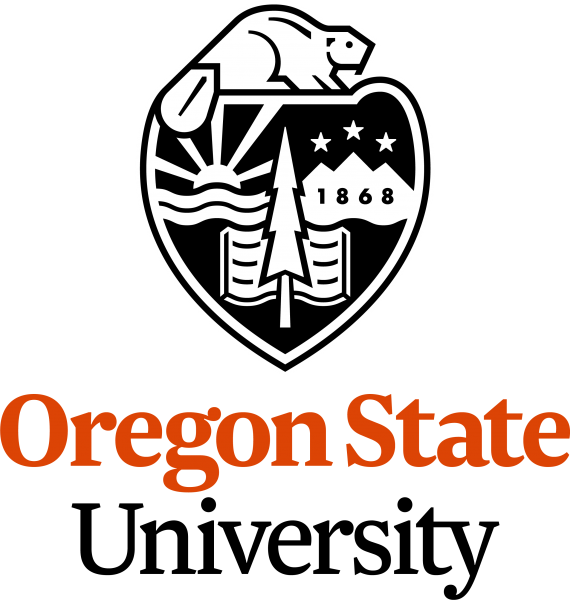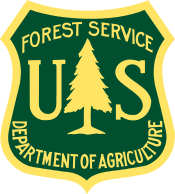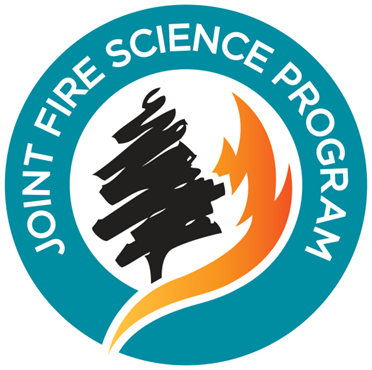Partner Feeds
National Aviation History Month; Air attack: one of our best weapons against wildfire
Aviation assets are an important part of our firefighting response. DNR has air resources available to reach and fight wildfires quickly, before they grow large.
Having different types of air resources available means a greater variety of tactics can be used to deal with the range of terrains and fuels that may be burning.
The fleet
The fixed-wing aircraft, which we call single-engine air tankers, are fast and can drop up to 800 gallons of water, retardant, gel or foam. A single pass can lay down a “wet line” in front of a fire – helping to halt the fire’s progress. These planes are best used in fighting fire in open areas with clear ways in and out. They need a nearby airport, unless they’re one of the five DNR craft which can float on water. Those planes are called “fire bosses.”
Fire bosses can scoop up water from nearby lakes. With the ability to work as a land-based aircraft or a water-landing scooper, a fire boss can drop an initial load of retardant, then remain close to the fire to come at it again quickly with a load of water.
The supervisor in charge of air attack oversees operations while in the air. His or her job is to keep all aircraft flying in coordination, increase situational awareness for safety and help water drops land on-target. See this video that helps explain an air attack operation.
These planes complement DNR’s eight existing wildfire helicopters. These specially-modified helicopters can drop 240 gallons of water or retardant, gel or foam in remote locations and deploy helitack crews (aka helicopter crews) into otherwise unreachable
terrain.
A helicopter with a bucket can be very accurate even when fire is burning in mountainous, crowded forests. With them, DNR firefighters can use a 100 to 300-foot “long line” hovering between trees to dump water below the tree canopy. The long line lets helicopters keep away from the heat while dropping water into the very heart of the fire.
DNR helicopter hovers with a bucket of 240 gallons of water. Photo DNRHelicopters can also turn around easily and quickly, which means they’re able to work in canyons, where planes can’t safely fly.
Fighting the fire
The top priority of our aviation team is initial attack. Crews work to get aircraft off the ground and on the way to a fire within five minutes of dispatch. The team plans in the air using real-time satellite images to identify a water source and the safest air-traffic pattern between it and the target. Air attack is coordinated with crews working on the ground to fully contain and control the fire.
There are four types of retardants that our air resources, and our firefighters, use when battling wildfire with aircraft.
- Water – easy to get and cheapest to use
- Foam – a simple water enhancer that helps to make the water wetter.
- Gel – a powder form when mixed with water becomes slimy and evaporates slower than water or foam.
- Retardant – a chemical, often an orange/red color, that blocks fire from spreading farther along the ground – when fire burns into it, the fire simply dies out.
Working in unison, aviation and ground crews can have great success. We saw an example of this over the Fourth of July when combined crews worked together to quickly contain the Hart Road Fire just east of Cle Elum as it threatened homes and a wildlife sanctuary.
Not without limits
However, aviation teams can’t always fly. Nightfall, wind, lightning or poor visibility may ground them. Another preventable hazard that can ground them are drones, or unmanned aircraft systems. Wildland fire aircraft fly low and fast. Drones pose a serious threat to firefighters and others.
If you fly (your drone), we can’t.
Crews across Washington
More than 60 people make up the aviation firefighting teams available for rapid response to wildland fires. During the summer, equipment and teams are staged throughout the state at locations such as: Olympia, Omak, Colville, Deer Park, Dallesport, Pomeroy, Yakima and Wenatchee.
These crews and equipment are ready to fight fire on DNR-protected lands, or in collaboration with our wildland firefighting partners, in your community and across Washington.




